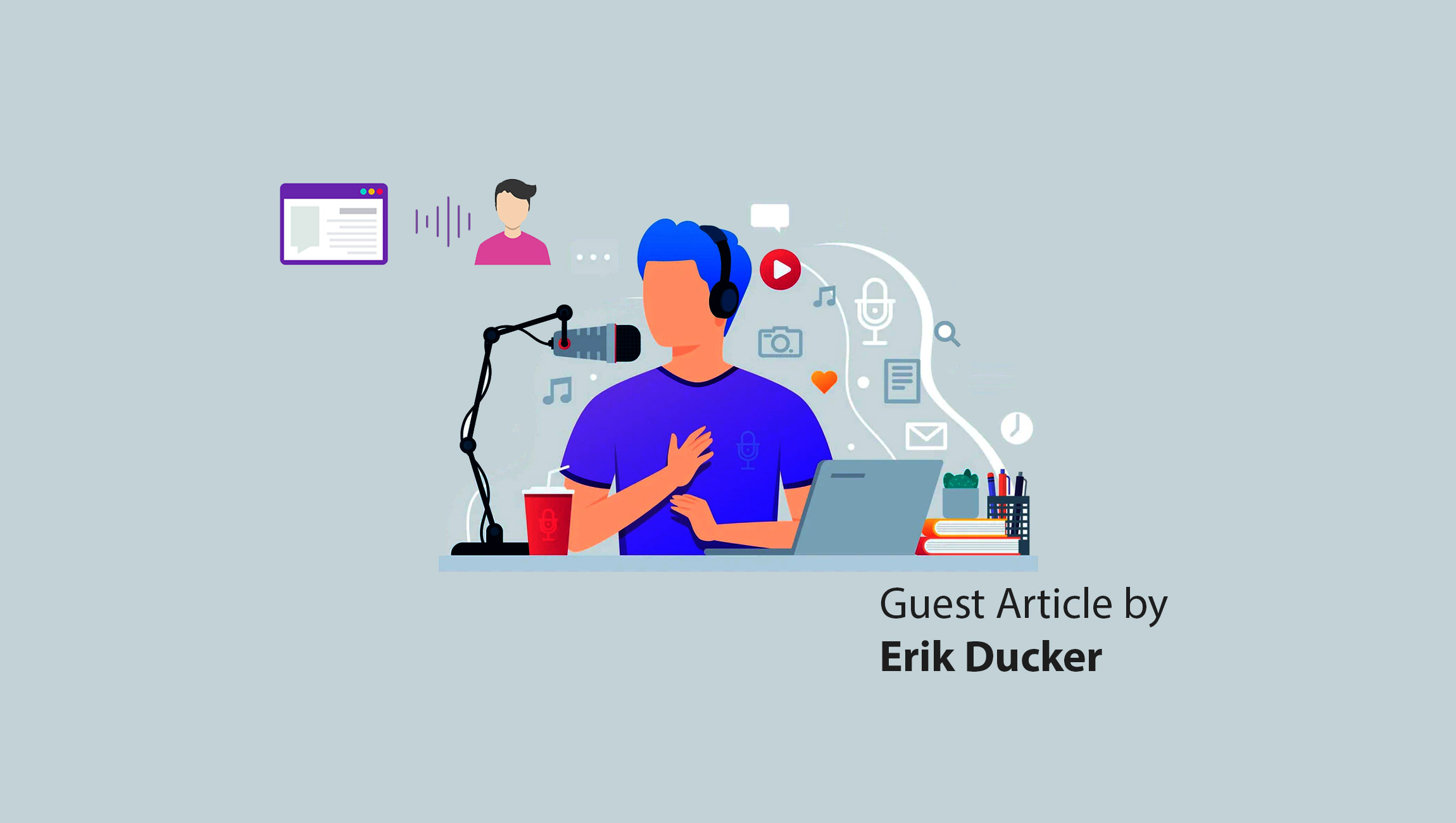Marketing trends come and go, but some – like brands themselves – stand the test of time. Long after the early adopters jump on a new tactic or channel, other brands are still following suit.
This is a natural pattern. Not every company needs to be early in the adoption curve of every new marketing strategy or technology. But when successful brands tap into new ways of connecting with customers, it literally pays to take notice. They’re doing something right, which means you can, too.
Here are three prime examples of consumer marketing trends that top brands jumped on several (or more) years ago – and that are all just as important today. If you’ve been reluctant to pursue one or more of these strategies up to this point, you’re not alone. But if you ignore them forever, your competition is likely passing you by.
Marketing Technology News: MarTech Interview with Justin Tsang, Growth Product Manager at Clearbit
1. Influencer Marketing
Big brands have been doing influencer marketing for years now. It really started to get traction in 2017 or so. It’s now a multi-billion industry unto itself, doubling in size to become a $13.8 billion business between 2019 and 2021, according to Statista.
While it has been around a while, the opportunities are clearly still evolving and growing – which means now is as good a time as any to consider it.
Plenty of marketers still shy away from influencer marketing, though. That’s understandable – some brands or marketing pros might be reluctant to approach influencers online. Doing this is certainly a different proposition than, say, launching a new SMS campaign or onboarding a new martech tool. It can feel like a new and complex world to navigate.
But it’s time to move past that initial reluctance, because it’s clearly working. In fact, one survey found that 61% of consumers are likely to trust recommendations made on social media by a friend, family member, or influencer. Even more telling: 82% of respondents in the same survey have purchased something after seeing a friend, family member, or influencer post about it online.
Perhaps the most eye-catching stat of all: Industry data indicate that you can earn up to $18 ROI per dollar spent on influencer marketing.
If you’ve been putting off influencer marketing, you’d be wise to start exploring how it might be able to benefit your brand. It’s going to continue to be a big deal for the foreseeable future.
2. Augmented Reality
We’ve been hearing about augmented reality (AR) technology forever – especially when paired with its relative, virtual reality (VR). While some of the truly immersive experiences are still ramping up today, AR has indeed been around – and a part of top brands’ marketing plans – for years.
IKEA’s “IKEA Place” app is a great example: Launched in 2017, it lets shoppers use their phones to virtually furnish their living spaces with IKEA products – in 3D and shown to scale – to see how they look before buying.
Dozens of clothing and fashion brands have debuted “find your fit” or “find your style” apps that let you virtually try on items for size, appearance, and other factors.
AR applications can not only help boost sales but also cut down on costly returns for online conversions – and generally be a compelling part of surprise-and-delight customer experiences.
But many brands have yet to try it.
That might be because marketers can expect some technology and financial overhead here. But AR technologies are more accessible today. In the fashion and apparel sector alone, there are a bunch of startups offering things like virtual tailor or virtual fitting room applications. In industries like this one where it can make a big impact on the top and bottom line, it’s time to take a page from the top brands’ playbooks and consider AR’s role in your marketing plans.
3. Personalized Everything
This last example is most definitely not least – in the sense that it is probably the most widely applicable scenario. Moreover, many marketers might think they already do this, but they haven’t actually tapped its full potential.
We’re talking about personalization. Again, many brand marketers do some personalization already. If you include the customer’s first name in emails, for example, that’s personalization.
Consumer businesses have been doing that basic level of personalization for decades. But the big brands on the cutting edge of marketing and technology in recent years have been evolving to personalize everything they can in their digital spaces, from landing pages to websites to mobile apps and more.
Tools like Google Optimize are making this kind of data-driven marketing accessible to brands of all sizes. As a result, one of the oldest digital marketing tactics – personalization – is becoming a big deal once more.
While something like AR might have more or less relevance in a particular industry or business case, personalization is almost universal. If you’re not increasing the personalization of your customer experiences, your competitors almost certainly are.
And this is becoming a customer expectation – as customers experience deep personalization elsewhere, they start to anticipate it from other brands they shop with. Subject line personalization alone doesn’t cut it.
Don’t mistake “old” trends for irrelevant ones. Those that last do so for a reason: they work.
Marketing Technology News: Google Analytics: Past and Future











